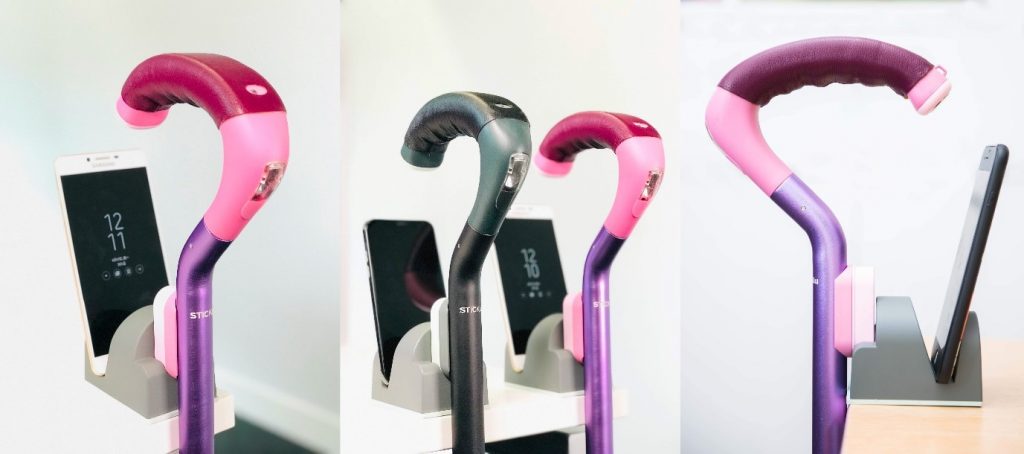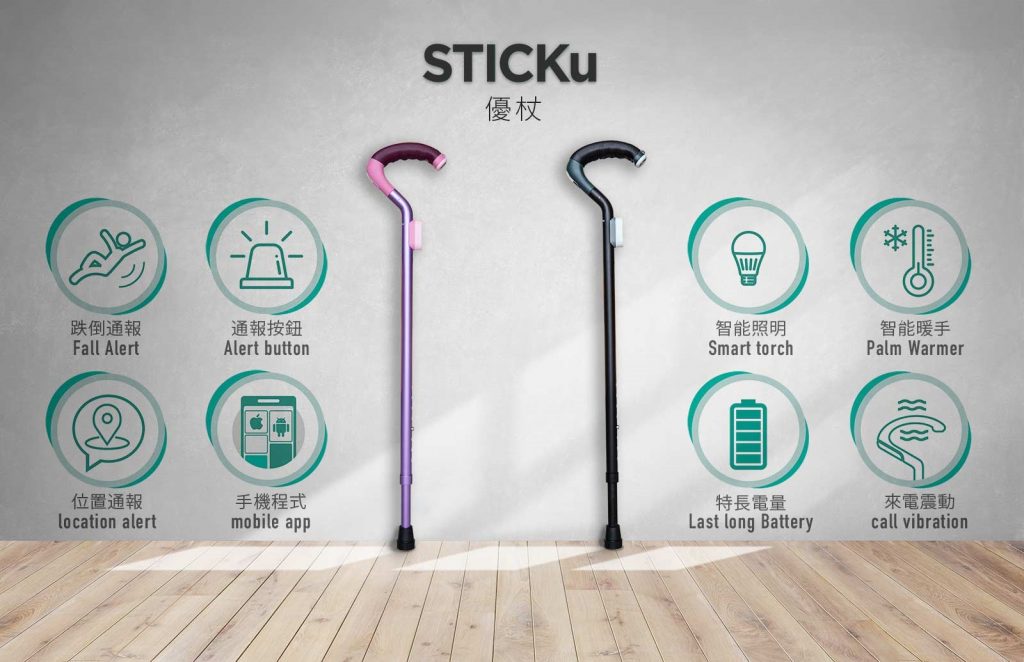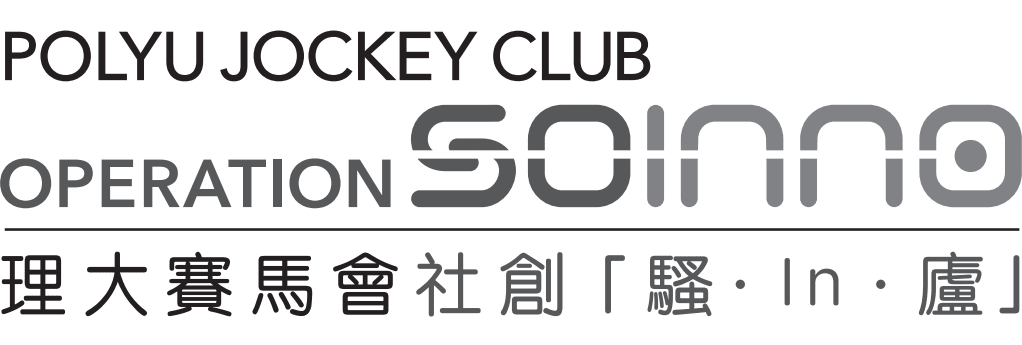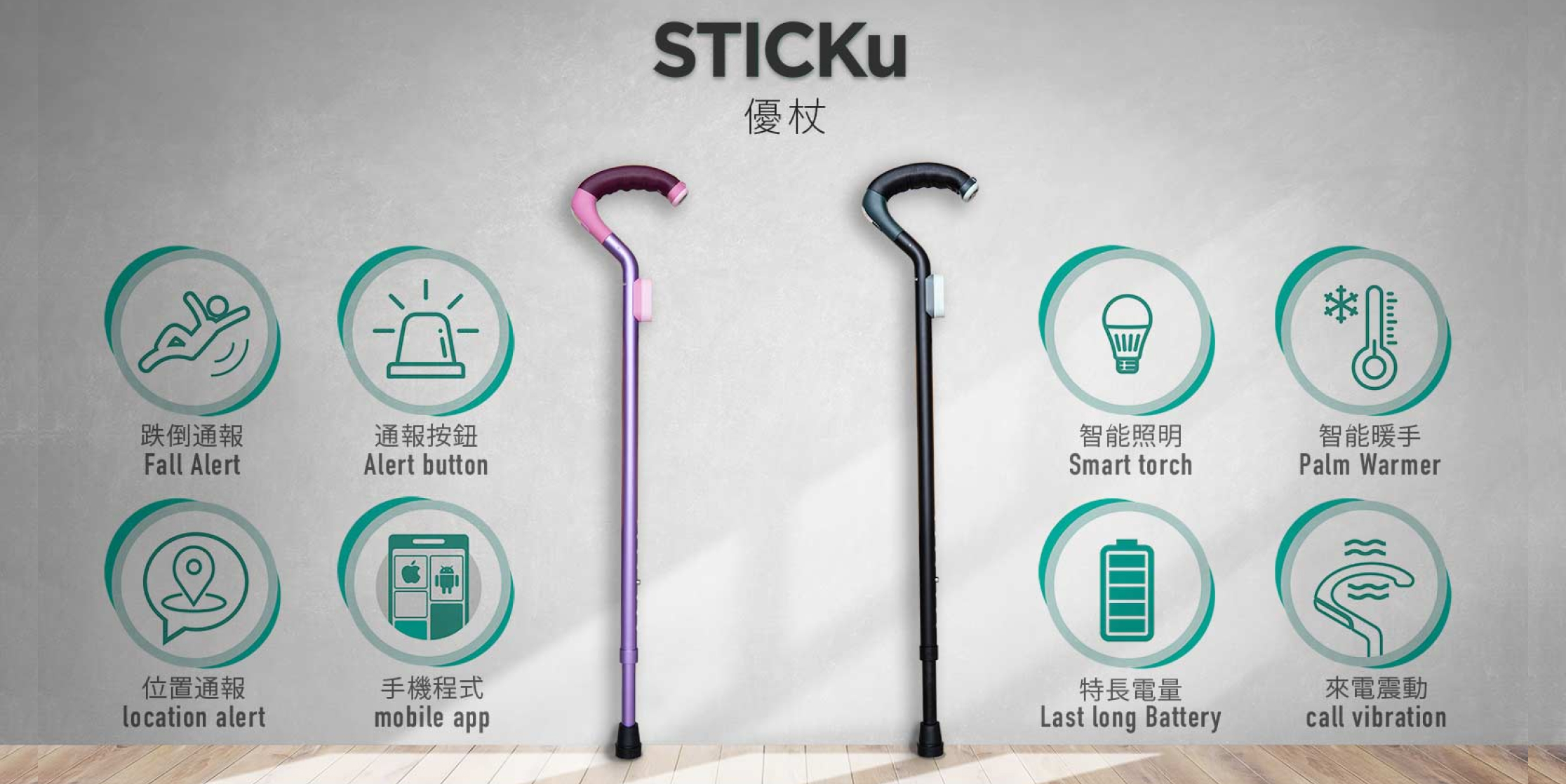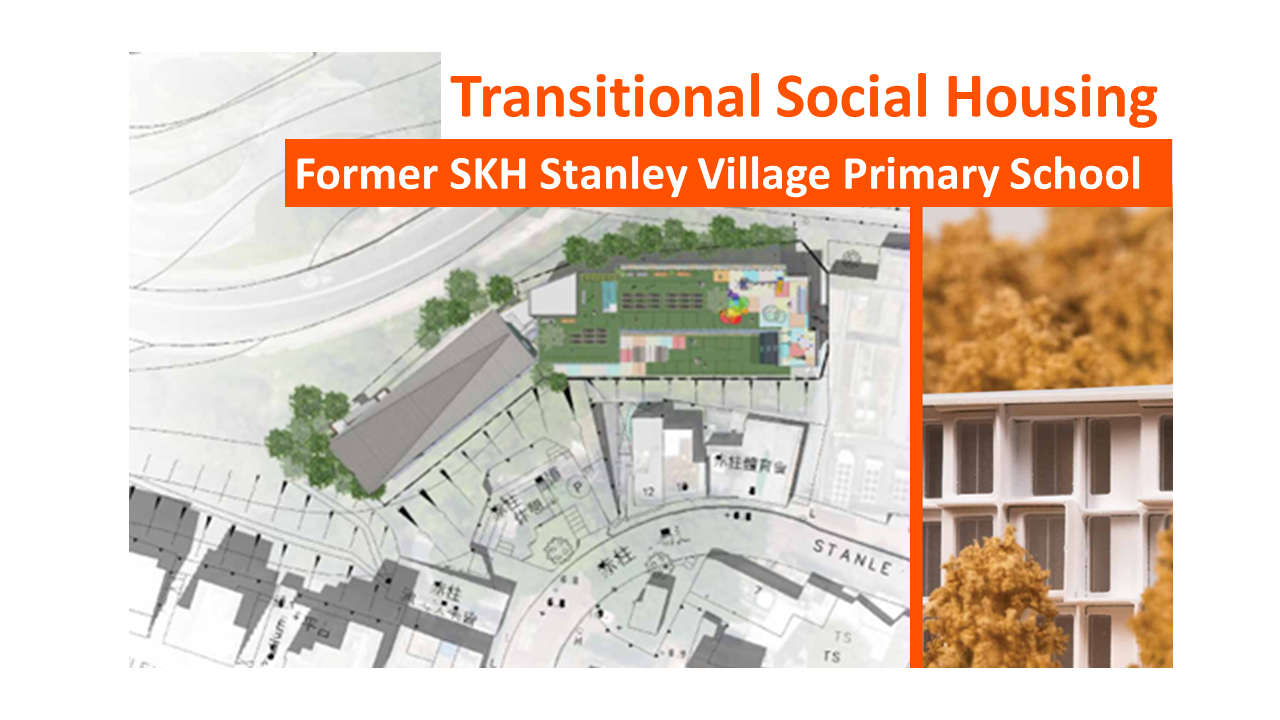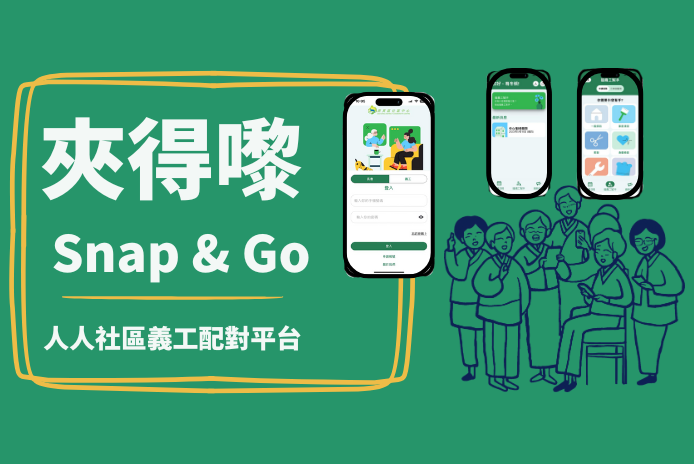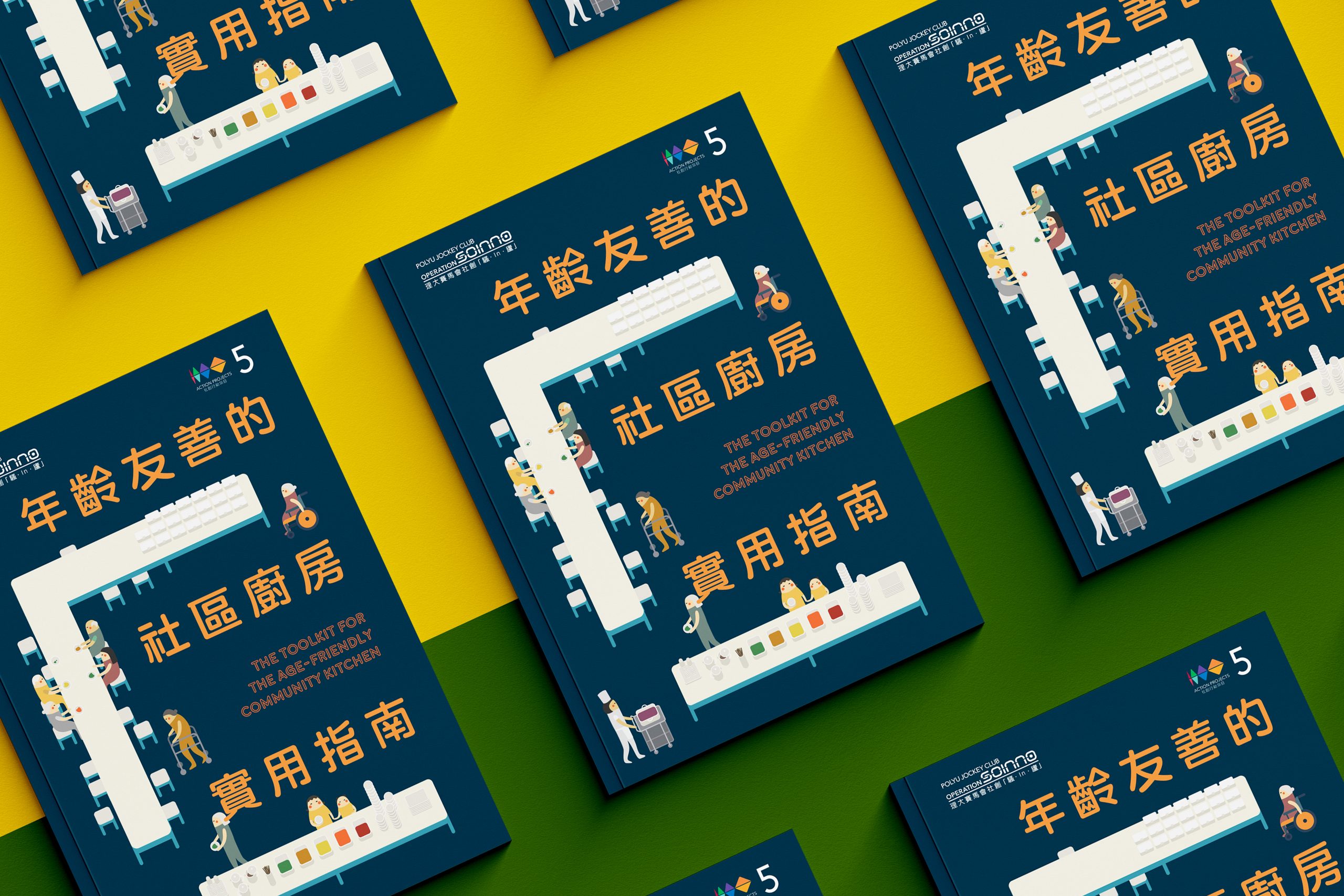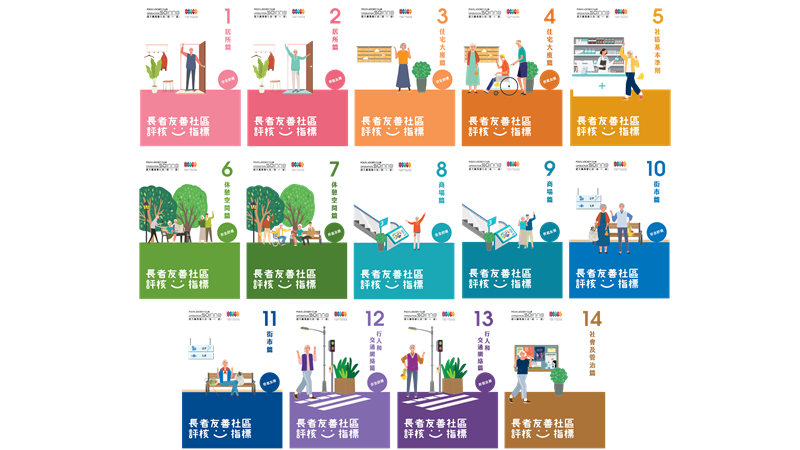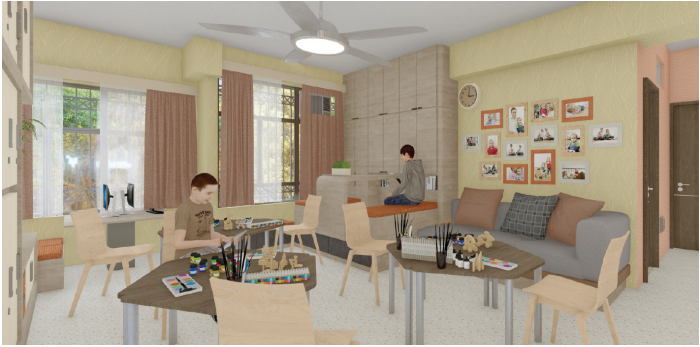Overview
The stick is much more than a walking aid. It is a useful tool that empowers the mobility impaired to regain independence in their daily life.
BNET-Tech is a social enterprise whose main offering is a walking aid known as STICKu. According to the company’s founder, Mr Richard LEUNG, this walking stick features built-in sensors and functions as a smart torch and a palm warmer; it can even send out emergency alerts. As soon as a user presses the alert button on STICKu, an SMS notification is triggered on a smart phone via a Bluetooth connection, and the alert is sent to pre-defined family members. LEUNG envisions that STICKu could empower mobility-impaired users to reconnect with the joy of walking. In addition to addressing the pain points of traditional walking sticks, the new design also modernises STICKu with a chic look so that it loses the conventional label of weakness as a “walking aid”. This in turn helps STICKu users feel more dignified when using the product.
Outcomes
It took STICKu almost seven years to navigate through its product journey—from proof of concept and prototyping to becoming commercialised for the retail market as an age-friendly product. During this period, the project team constantly updated their design and finetuned the product features in a timely manner to tailor it for users’ needs. At present, STICKu can be paired with a mobile app and functions as a personal health monitor, sends out location alerts, and even offers entertainment. Considering that this is a walking aid and that the product’s load-bearing capacity may be affected by the user’s age, gender and physical build, the project team will continue to enhance the product to satisfy the requirements of different user groups. Going forward, they will strengthen the promotion of the product in overseas markets.
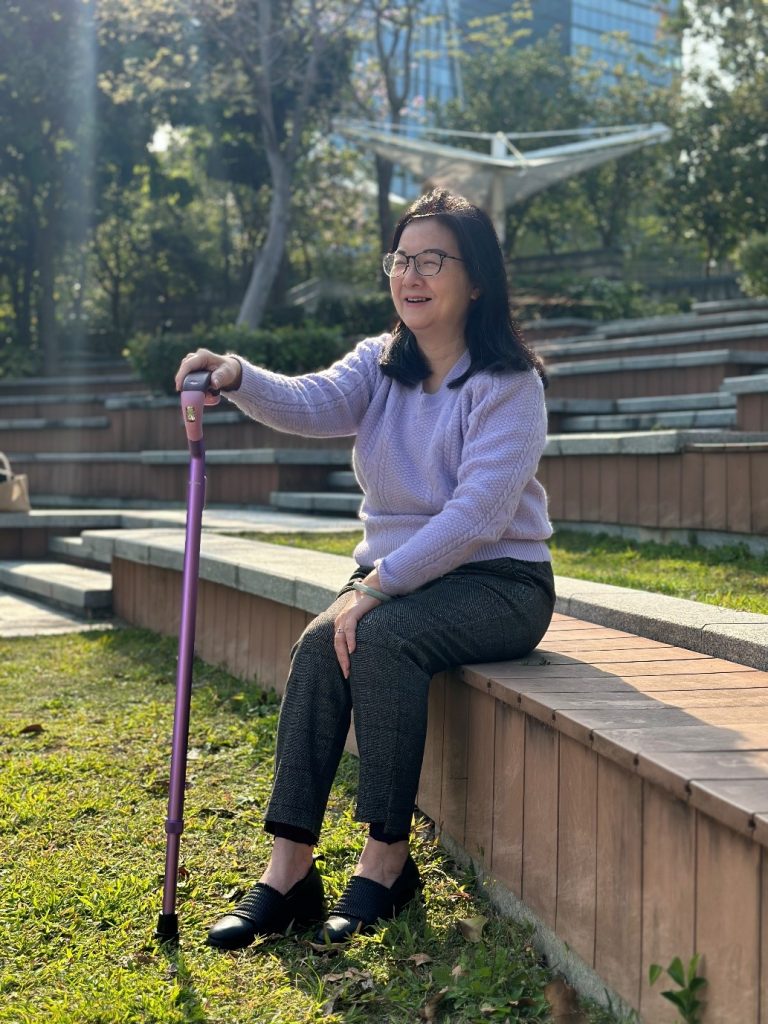
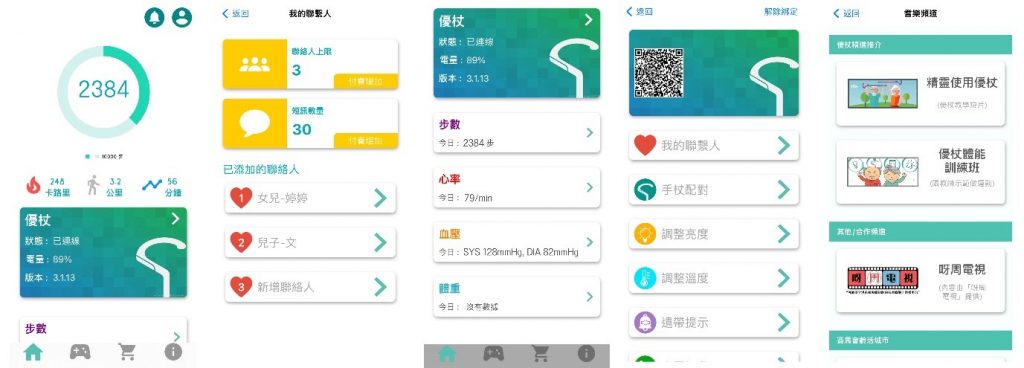
Over the course of research and development, STICKu has adopted design thinking concepts such as empathy, needs definition, prototyping, etc. Various technology principles were also involved during the prototyping process. As such, the project team will transform the STICKu development experience into an educational programme. The visualised journey of STICKu will be used to teach primary and secondary school students about the aforementioned concepts, so as to stimulate the interest and competence of the younger generation in developing gerontechnology.
Process
Inspiration
The design of STICKu was inspired by the sister of the company’s founder. Suffering from cancer, Ms LEUNG was advised by her doctor to use a walking aid to minimise the risk of injury. Yet, she chose not to do so because she did not want to look frail and weak. The real-life story of Ms. LEUNG illustrates the conflict for those who become mobility impaired as a result of changes in physical conditions—they need the help of a walking stick but also hope to maintain independence in their day-to-day living with dignity. Eager to help his sister and noting a market demand for a novel walking stick, Richard LEUNG considered founding his own business in this area.
Indeed, during the initial stage of product design, the STICKu team collected feedback from their target users regarding the walking stick choices that were available on the market. The survey indicates that most people associate using a walking stick with being frail and weak. This stigma was not only noted by mobility-impaired users. The elders—the main user group—also do not wish to be labelled by others as weak. This is why many of them try to avoid using a walking stick: they hesitate to openly use one, and consider a stick as a tool with a singular function, i.e. to aid one’s walking.
BNET-Tech founder, Richard LEUNG, was tasked to develop a new product so that users and the general public would stop associating the use of walking aids with prejudice. He wanted the new stick to feature new preventive functions and be able to help with accident response.
Ideation
During the initial product design stage, the team defined the target users—the mobility impaired who hope to continue to live independently. The team soon decided to adopt a smart walking stick as the solution.
Then, which functions are “must-haves” for these target users of the smart walking stick? What role can technology play here?
The project team stood in the shoes of the users, and then imagined the issues that they would face during the course of independent travelling. This helped them outline the function of product / design principles. For example, a fall alert, location alert, smart torch, etc. could help ensure the safety of users when they travel independently. During the product development stage, the project team conducted proof of concept (POC) and created a prototype. This was brought to the front-line community for participatory observation. Feedback was collected to help deduce what should be included in the product so that it could match users’ needs. The team hopes the product can solve real-life problems, rather than getting it made for the sake of making something.
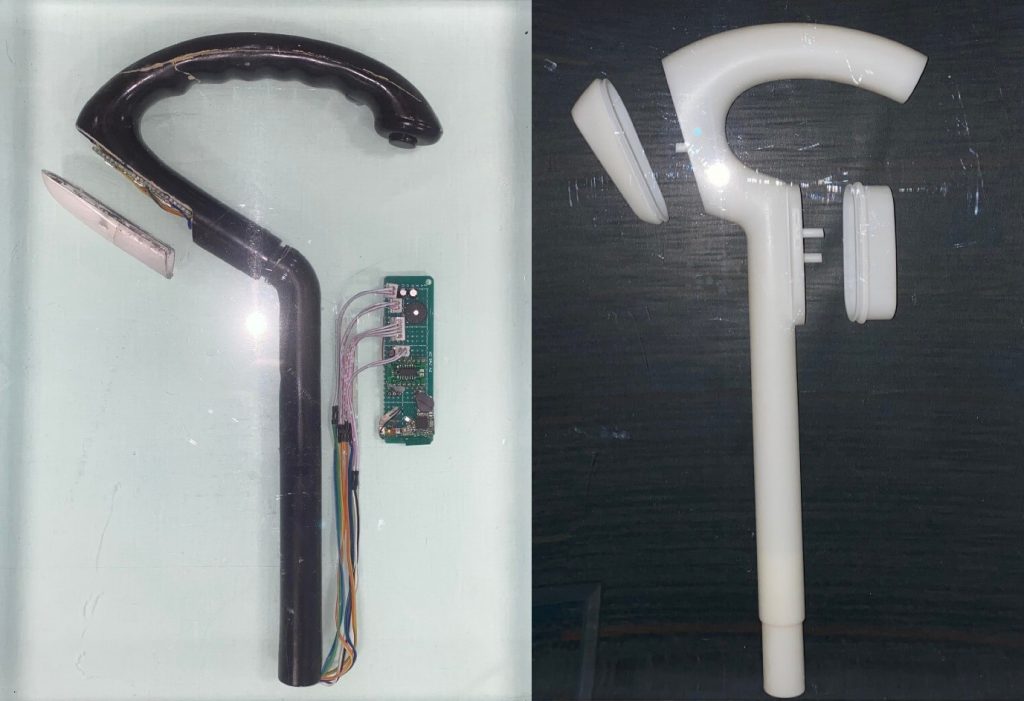
Implementation
The STICKu team defined two main product goals: safety and multifunctionality.
The main function of a walking stick is to prevent its user from falling. Noting that the main culprit behind falls is a lack of location lighting, the team decided to give the stick a torch, which can be used conveniently to show the way in low-light environments such as the bedroom. Besides, the team also defined a few main functions for the product, including a simple button on the stick to send alerts. This works like a safety alarm service for the elderly. When the button is pressed, STICKu sends an SMS to a pre-defined contact person, who can check the real-time location of the stick user. Other functions include a falling alert, a torch, a hand warmer, call vibration, etc., all of which significantly improve the usability of the walking stick.
But this means that this walking stick cannot be lightweight, and energy consumption could also be a deal breaker. Since it comes with a battery and other components, the smart walking stick is inevitably heavier than other ordinary walking sticks. Therefore, the team had to strike a balance between functionality and weight. It could not be too heavy, and it must have a long battery life to meet users’ needs.
The project team spent much research and development time calculating the load-bearing capacity of the walking stick. From material selection to endurance testing, the team worked hard to ensure that the product’s specifications comply with international safety standards. In the end, the project team decided to use aluminium alloys and nylon glass fibre as the stick’s body and handle, respectively.
Magnetic charger
During the ideation stage of the product, the charging method was one element that went through many twists and turns. At the beginning, the team considered to use a “clip charger”. However, the testing stage told the team that handling a clip would be inconvenient for elderly users, because the range of their hand movement is rather limited. After rounds of repeated testing, the team eventually adopted a magnetic charger, saying that: “It snaps easily, and charging becomes very convenient.”
